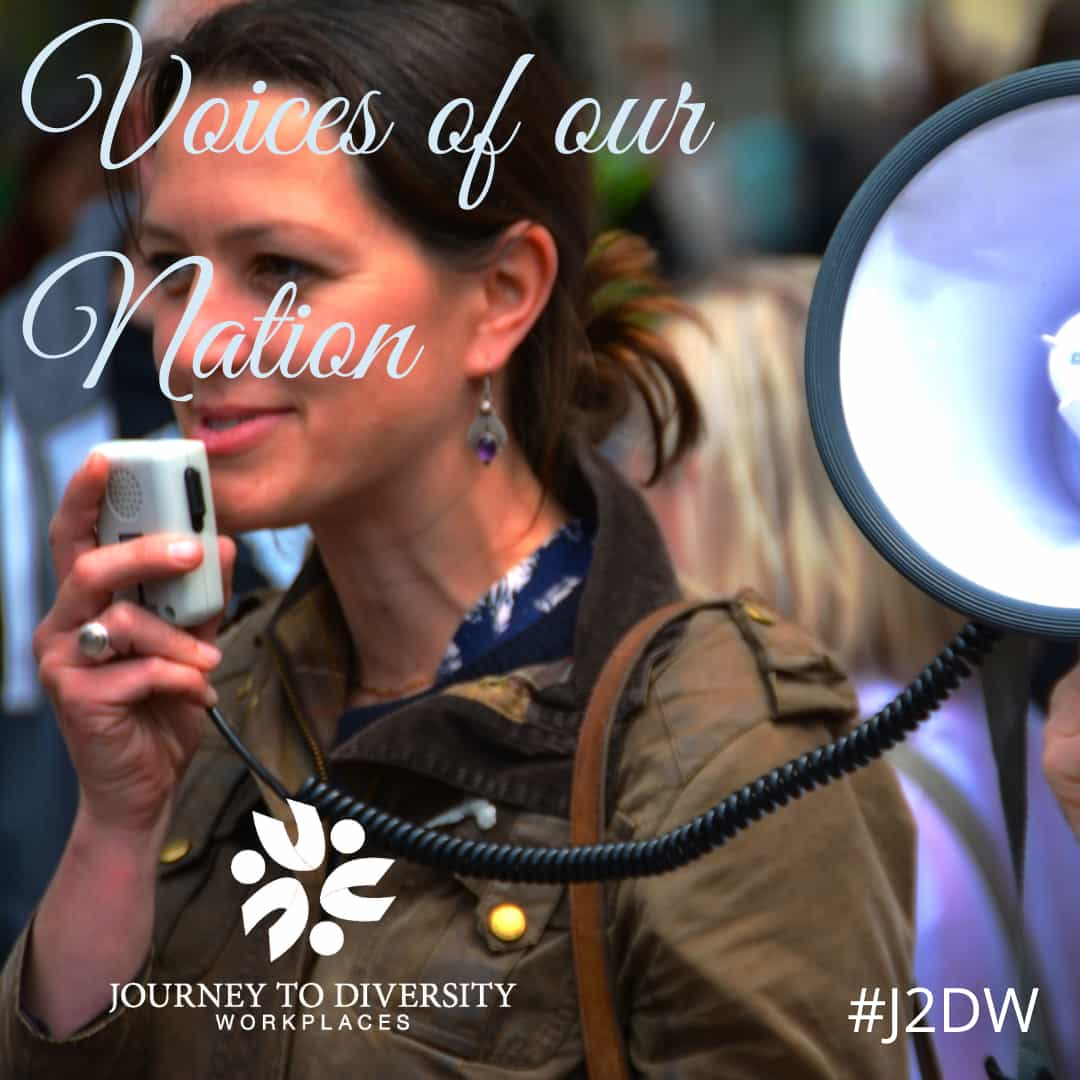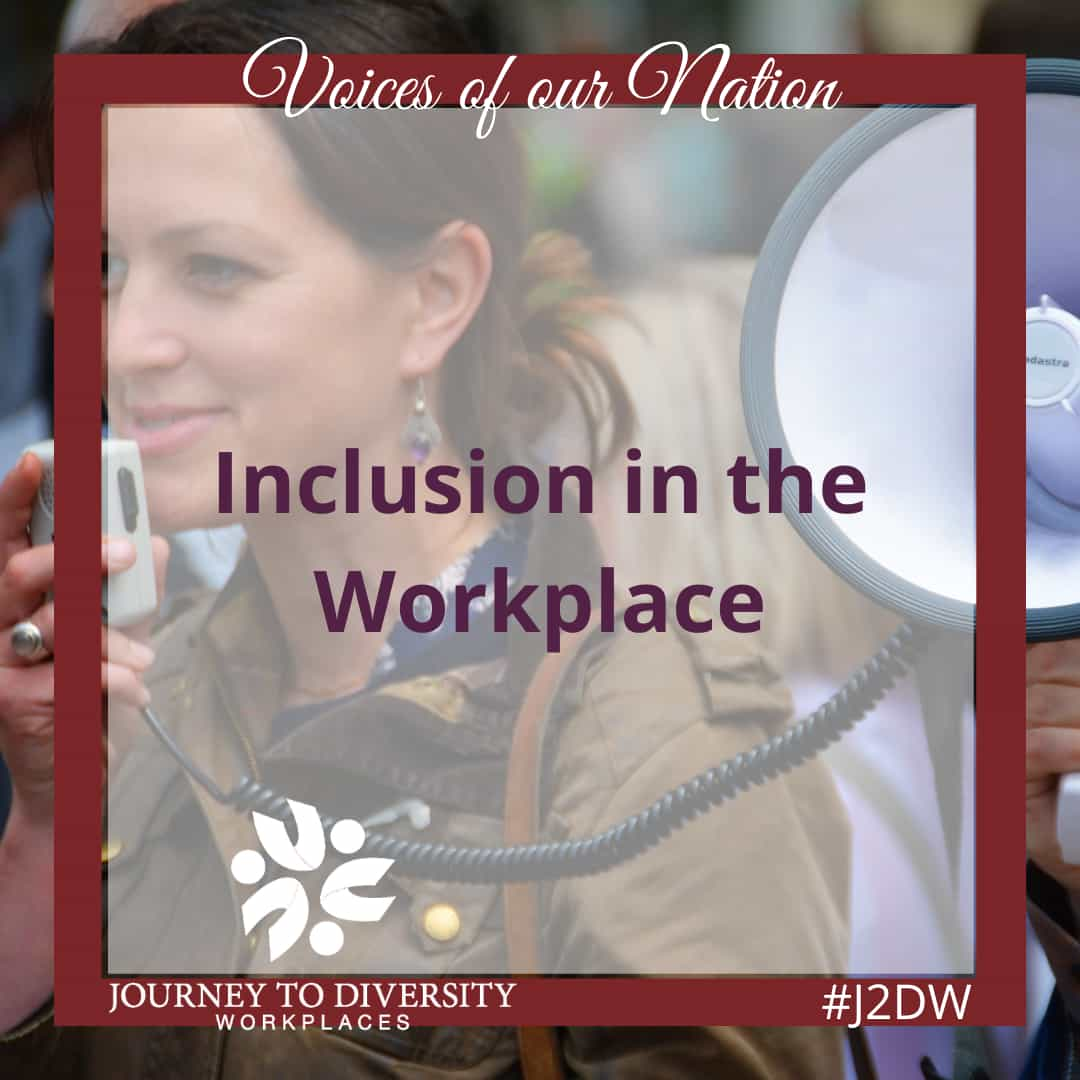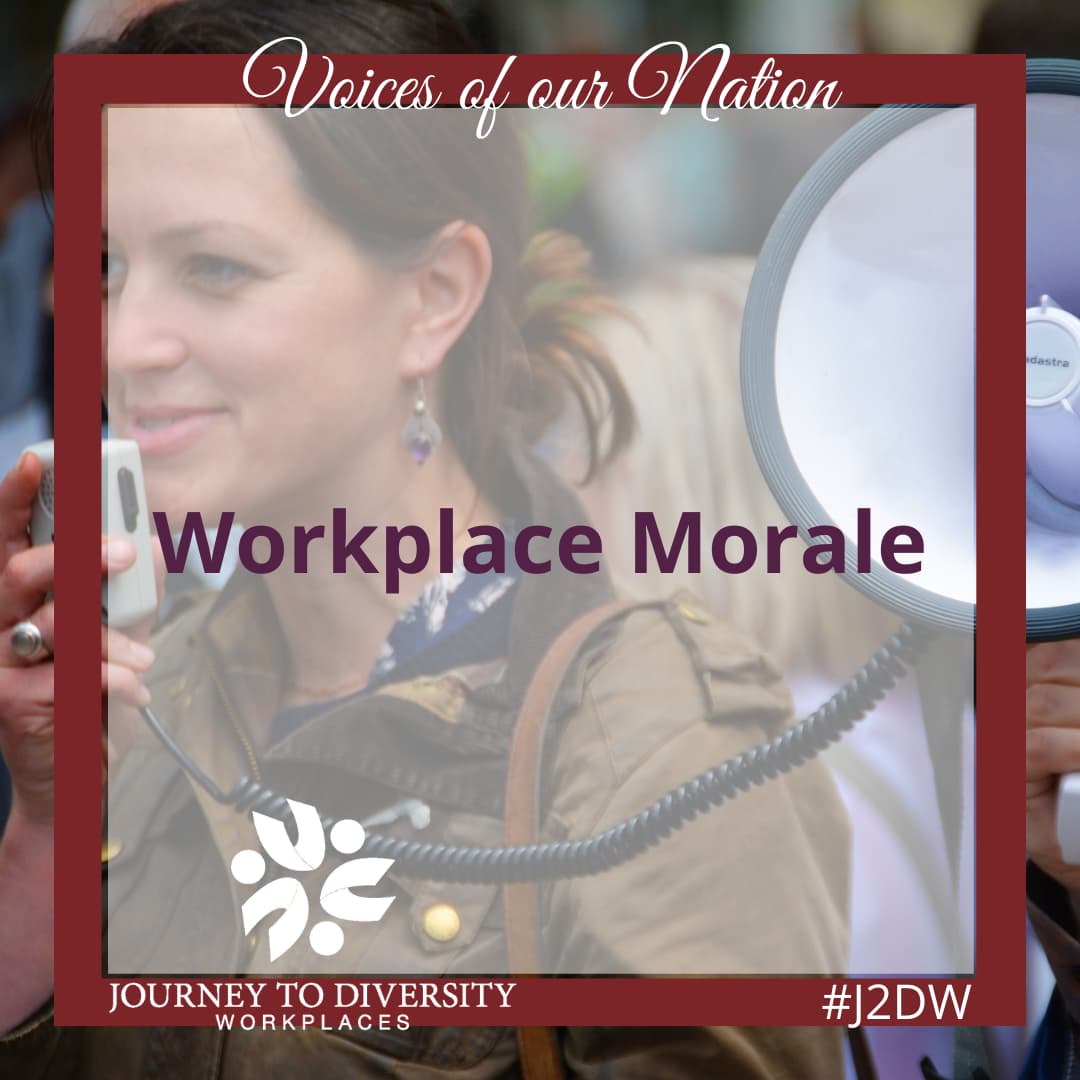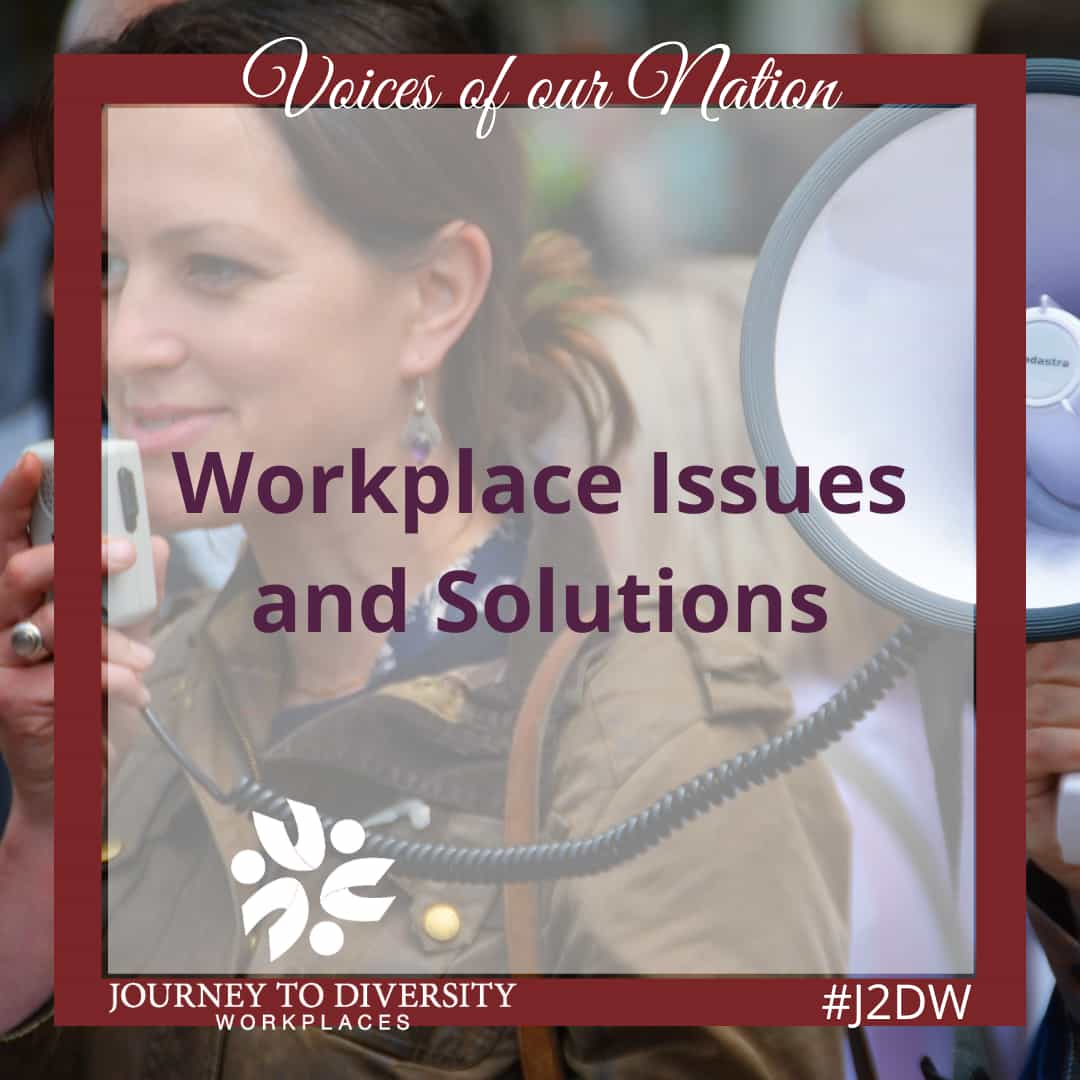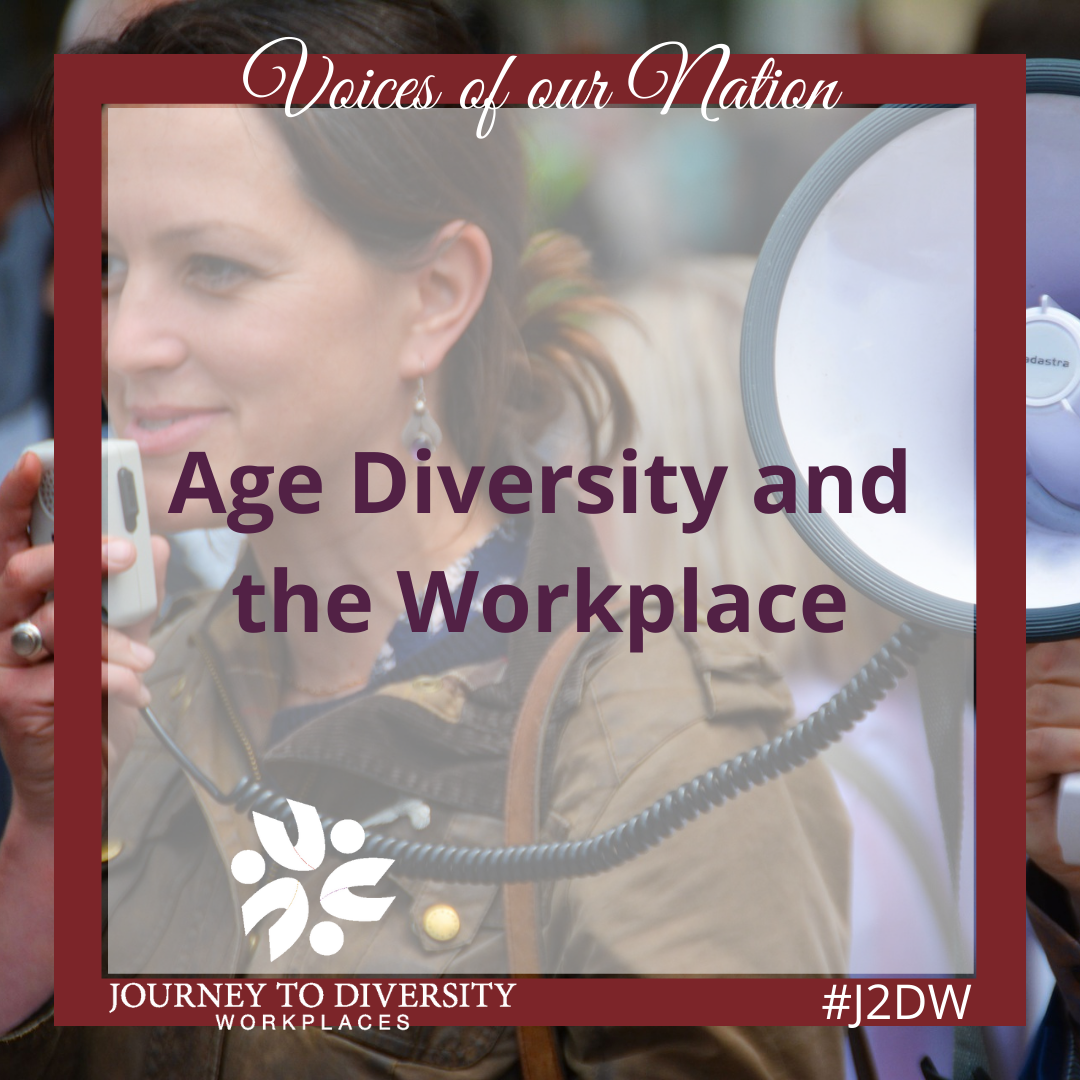Workplace ethics and integrity are crucial elements of employment; both these elements contribute to workplace profitability. Every workplace should clearly specify what is acceptable behavior and what is not at the outset of hiring. It is important for workplaces to summarize expected conduct in job descriptions or outline these expectations during the interview process. Behavior guidelines should typically address topics, such as harassment, work attire and acceptable language. Employees who don’t follow the rules outlined in a code of conduct may receive written and verbal warnings, and ultimately be fired.
A key component to workplace ethics and behavior is integrity, or being honest and doing the right thing at all times. Workplace integrity starts with honesty and trustworthiness. Integrity requires following through with our word and being honorable with our actions. When employers and employees have integrity, it can create a workplace environment that is respectful and professional. Honesty should be valued in every communication and transaction between employers and employees. Integrity stems from employees being honest with themselves, completing tasks effectively and meeting workplace expectations. Ethical employees are what build a good reputation for a workplace.
Ethics are the glue that can hold workplaces together. Employers must understand the differences between moral values and ethical principals. Moral values are what guide our behaviour while ethical principals are the ways we are expected to act in the workplace. It is also important employees understand the meaning of each of these terms and understand what they can do to ensure their behavior aligns with workplace expectations.
Ethical and behavioural guidelines in the workplace often place a high amount of importance on dedication. Although possessing the necessary skills is essential, a strong work ethic and positive attitude can carry an employee a long way. Dedication is often viewed in the business world as contagious, meaning that employees putting forth a solid effort can often inspire their co-workers to give the same level of effort to their job – ultimately enhancing the productivity of the workplace. Employers and employers taking responsibility for their actions is essential when it comes to workplace ethics and behavior. This means showing up on scheduled workdays, as well as arriving on time and putting in an honest effort into completing assigned tasks while on the job. Employees who exhibit accountability are honest when things go wrong and then work toward a resolution while remaining professional at all times.
A vital aspect of the workplace is working well with others in all levels of a company. Ethics and integrity can help to increase the morale and productivity within a workplace. In many instances, those who are not considered “team players” can face demotion or even termination. On the other hand, those who work well with others can advance.
Following the outlined workplace behaviour may not always eliminate all unethical issues. The best defense against unethical issues is to train employees on how to properly handle unethical situations with integrity. Successful workplaces understand the causes and detrimental effects of negative ethical behaviour. Employers then attempt to limit the amount of unethical issues by creating a code of workplace ethics that encourages behavior that is professional and ethical. It is important that employers understand the strengths and weaknesses of each employee to be able to maximize the potential of each employee. When employers are willing to implement strategies that promote integrity along with ethical and professional behavior, it allows the workplace to be productive and successful.
This article was contributed by volunteer blogger Shan Simpson, and edited by volunteer editor Parul Datta.

